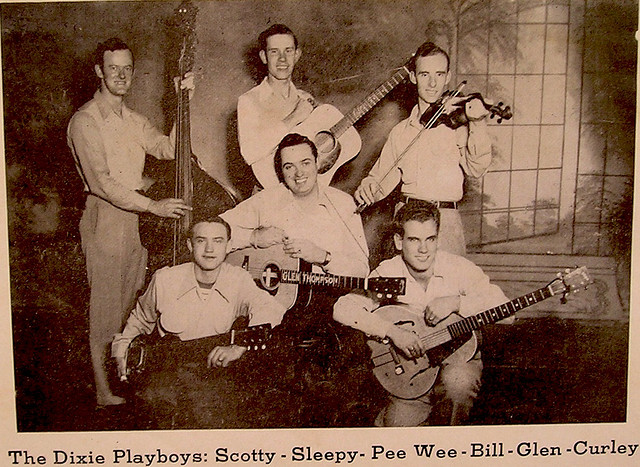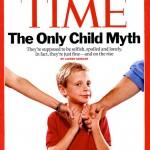Each week in Notes From the Margins, D.L. Mayfield writes about the kingdom of God, marginalized people groups, and popular culture.
A popular blogger wrote about a recent scandal. There was a church; there was a school; there are allegations of past sexual abuse of minors that were dealt with in unsatisfactory ways. There are active lawsuits, and the church organization actively seeking to dismiss them based on first amednment rights. It should be a surprising story, but it isn’t.
Tim Challies, the author of the aforementioned blog post, wrote about the controversy surrounding Soveriegn Grace Ministries–using words very familiar to Christians, urging readers to seek unity, live at peace, forgive and love one another, hope for the best, stop spreading gossip. Whether or not he intended it, Challies’ post came off at best as ill-informed regarding the experiences of those who have been abused; at worst, it seemed like a post subtly geared more towards the protection of the powerful rather than investigating the stories of the vulnerable.
I highly doubt Challies meant to be controversial; but I will say that the language of his blog got into my skin a bit. For myself and others who have sought to be advocates for victims of sexual abuse (many of those nearest and dearest to me have experienced this trauma), I was reminded of the shame of being called a pot-stirrer, a sower of discord, an enemy of peace—all from fellow Christians–simply by fighting for the truth to become public. I don’t believe Challies intended this at all, but he made a large error by admonishing his readers that “this situation [with SGM] is unfolding before a watching world that loves nothing more than to see Christians in disunity, accusing one another, fighting one another, making a mockery of the gospel that brings peace”–without taking time to detail the horrors of the realities of abuse. This kind of one-sided language is at best discouraging, and at worst damaging—allowing for places where victims are encouraged to be silent and abusers are allowed to continue on. Which, as history has shown, is still currently being played out in the church.
Challies isn’t the only one who has chosen not to discuss the realities of sexual abuse within Christian communities. On one hand, I understand the desire to live like this sort of thing is an impossibility—especially in redeemed communities. But refusal to seek after knowledge in this area of the church has led to the types of situations that allow and even foster abusers to run rampant. Speaking up about the realities of sexual abuse is a way we can not only stop current situations (or repent for past ones), but it can also actively help us prevent future ones. And that, I believe, more than anything would bring about true peace and unity. However, it might take a certain amount of confrontation to get there.
With the rates of sexual abuse being what they are in America (1 in 4 women, 1 in 6 men—but those are just statistics from the people who talk, since most victims never tell) it is almost certainly true that you know someone who has been abused. There are people in your community, your ministry, your church and school—and it isn’t just a handful.
What is equally true, but even less talked about in the church, is the other side of this truth: you almost certainly know an abuser.
This is not fun to talk about; for too long we have hid behind myths of who and what sex abusers are like. For children, especially, we go to the old stand-by stereotypes: men with large white vans, strangers luring you with promises of candy. The images of an abuser as a wild, trench-coat wearing loners still underlies many of our conversations about abuse.
The media, much faster than the church, has picked up on the reality of the situation. Charismatic priests, award-winning football coaches, educators and pastors have all been outed as serial abusers through various court cases and media profiles. But what is most shocking is not that these successful community members are the most prolific perpetrators, but the consistent theme of institutions (both educational and religious) dealing with sex abuse cases poorly, painstakingly slowly, and in some cases seeking dismissal of court cases.
This response does not make sense in light of the stastics surrounding abuse/abusers. Of all reported sexual assault cases (again, many victims never tell), over 70% occured to children. 90% were violated by someone their families knew and trusted. Predators seek out places where children will be, and they often position themselves as leaders in the community— commonly as coaches, educators, tutors, volunteers, and various church ministry positions. Most egregious of all, recent reports show that the median number of victims for a sexual offender when they are caught is 117.
The faster we get this knowledge into our brains, the sooner we can become better advocates for victims and seek to activly prevent abuse from happening in our church communities. The first steps of prevention involve realistically coming to terms that abuse does and will happen in our churches. Even though I truly believe in redemption, even for abusers, I will be at the forefront of the movement which seeks to prevent such individuals from ever having the opportunity to abuse others. Policies such as never allowing one-to-one time between volunteers and children, knowing the red flags of abuser behavior, and having frank conversations with our children about who could potentially abuse them, will all go along way towards protecting our communities.
This is happening, all around us. Now is the time to be honest about the potential for abuse, even in our sacred institutions. Now, more than ever, is the time to recognize traumas encountered by so many within our world and communities, to seek out reconciliation that is holistic and justice-oriented, to give weight to the voices of the vulnerable that currently aren’t being heard.
Otherwise, we are living in a very false peace—one that will eventually be uncovered as darkness.
For more information on child abuse statistics (plus tips for churches and other organizations on prevention), please go to Darkness to Light.












